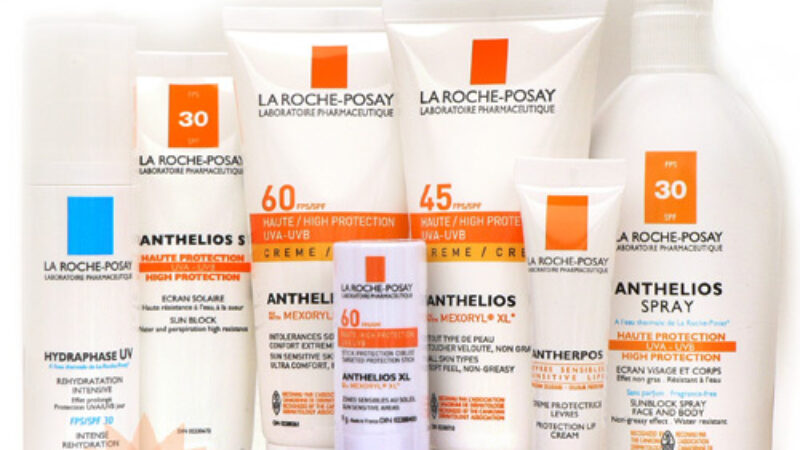With a diameter that measures under 100 nanometers (nm), nanoparticles are manufactured using new technology that involves manipulation of tiny scale atoms and molecules. While invisible to the ey, some individuals are concerned that their tiny size may pose health and environmental risks, wreaking havoc if absorbed through the skin. Once this happens, there is no way to eliminate them from the body. However, as of today, there is no evidence that directly links the presence of nanoparticles to any long-term health impacts.
Nanoparticles And Sunscreens
Sunscreens containing zinc oxide and titanium dioxide are used widely throughout the world. These agents, when combined together, offer broad spectrum UVA/UVB protection against the sun’s rays. One of the problems with using sunscreens that contain zinc oxide and titanium dioxide is that these agents leave a white cast on the skin, making them undesirable for many individuals. Nano technology allows manufacturers to use nano particles of these agents to produce sunscreens that are clear, making them more desirable for use on the body.
In recent years, this has caused many people to question whether some topical sunscreens are safe to use. The Food and Drug Administration concluded years ago that the presence of nanoparticles within sunscreens that contain titanium dioxide or zinc oxide present no danger. In addition, Australia’s Therapeutic Goods Administration (TGA), after reviewing all the scientific literature, has reached the following conclusion:
“There is evidence from isolated cell experiments that zinc oxide and titanium dioxide can induce free radical formation in the presence of light and that this may damage these cells (photo-mutagenicity with zinc oxide). However, this would only be of concern in people using sunscreens if the zinc oxide and titanium dioxide penetrated into viable skin cells. The weight of current evidence is that they remain on the surface of the skin and in the outer dead layer (stratum corneum) of the skin.”
Scientists continue to study nanoparticles and their effect on the body. Meanwhile, the consensus among researchers is that these tiny particles carry no inherent health risk. Given the lack of evidence, people should continue to use sunscreens that offer broad spectrum protection from UVA and UVB rays.
Protecting Your Skin From Sun Damage
The sun can damage your skin quickly without your realizing that it’s happening. Together, the sun’s UVA and UVB rays can lead to sunburns, deep lines and wrinkles, signs of premature aging, and even skin cancer. To prevent sun damage, you should be using an effective sunscreen that offers wide-range anti-UV protection. If you are worried about the use of nanoparticles, here are 2 formulations that are effective and free from nanoparticles:
Anthelios XL SPF 60 Cream – One of the most powerful sunscreens available, this solution uses Mexoryl SX and Mexoryl XL to offer broad-spectrum protection from both UVA and UVB rays.
Anthelios XL Sun-Protective Stick – A solution that offers powerful sun-filtering agents in a convenient package. It can be carried anywhere and applied instantly, and is formulated for areas of the face that are extremely sensitive to the sun.



